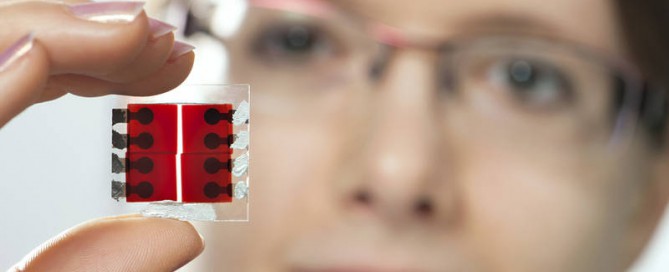It’s that time of the year again, only a couple of weeks to go until the Mobile World Congress in Barcelona kicks off. I’ll be meeting many of my friends and old colleagues there, it will be great to catch up with everyone.
Some of the things I’m looking forward to:
- Last year Nokia introduced their 41Mpixel camera phone. What’s new in camera land this year?
- Huawei about doubled their presence each year, what did they do this time?
- The Dutch Mobile Networking Event – the Dutch party to be at, run by Caroline Spek
- What’s new in accessories? Will we see new wrist accessories? What’s next, a bluetooth ring?
- How many new phones will be waterproof like Sony’s?
- What’s up with the latest displays? Can we bend them? Will we go higher than full HD for mobile? Anything new that lowers the power consumption or increases the quality?
- Is anyone able to challenge ARM? They’re pretty much a monopolist in mobile.
- Will Imagination Tech position their recently acquired MIPS products for mobile?
- How is mobile app development evolving?
Looking forward to see you there. Please don’t hesitate to contact me in case you’d like to meet.




